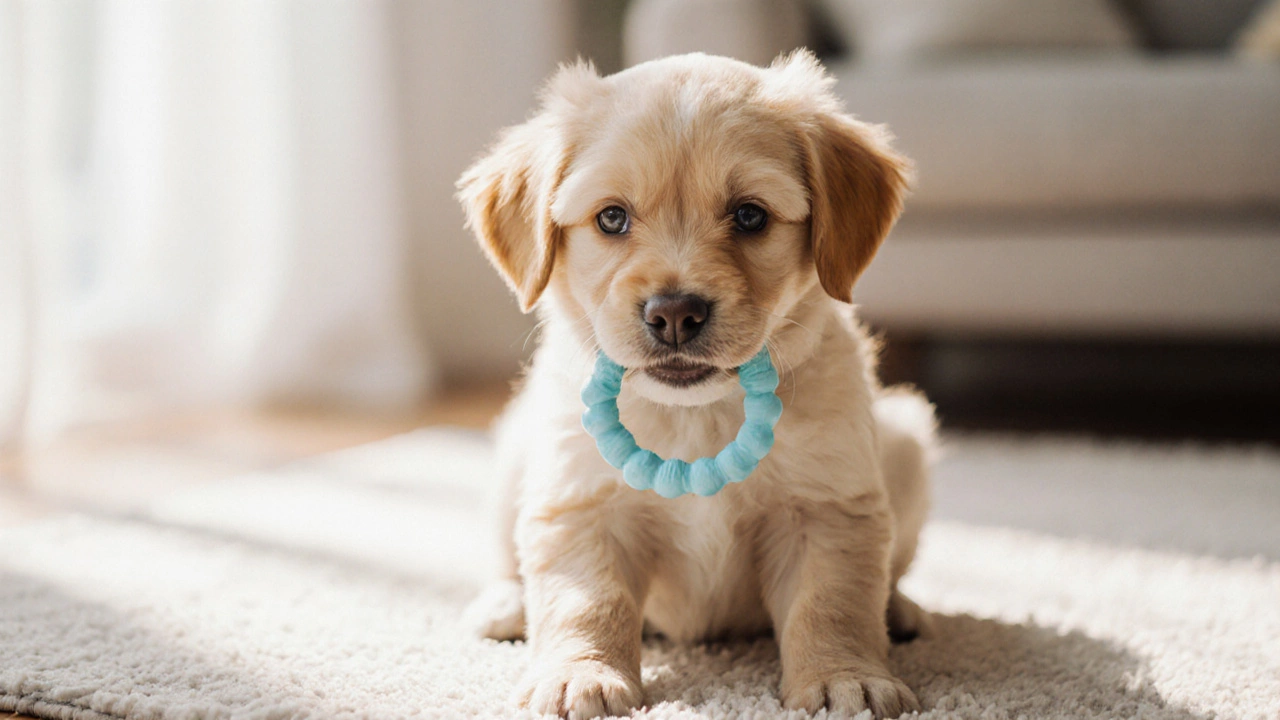What Can Puppies Chew? Safe Options and Tips
When you ask what can puppies chew, a common question among new dog owners looking for safe and healthy chewing solutions for their young pets, the answer spans toys, foods, and training tools. Also known as puppy chewing options, this topic touches on puppy chew toys, durable, non‑toxic playthings designed for teething mouths, edible chews, digestible treats that support jaw development and nutrition, and dental health, the prevention of plaque buildup and gum disease through proper chewing. Understanding these pieces helps you choose the right stuff for your pup.
First up, what can puppies chew safely? The classic go‑to is a rubber or nylon chew toy that can withstand the aggressive bite of a teething puppy. Look for toys rated “medium” or “large” for your pup’s size, because a tiny toy can be a choking hazard. Natural alternatives like hemp rope or freeze‑dried bully sticks also work, as they break down slowly and are easy on gums. Avoid anything with small detachable parts, toxic pigments, or strong chemical smells – those can cause stomach upset or even long‑term health issues.
Edible chews add a tasty twist to the chewing routine. Options include freeze‑dried chicken hearts, sweet potato sticks, or specially formulated puppy dental chews that contain enzymes to fight plaque. The key attribute is digestibility: the chew should dissolve or break apart before it can reach the back of the throat. Puppies under six months often benefit from softer chews that melt in the mouth, while older pups can handle firmer textures that promote stronger jaws. Remember to adjust portion size based on caloric needs – a chew isn’t a free lunch.
Chewing isn’t just about keeping teeth clean; it’s a vital part of a puppy’s mental development. When a pup gnaws on a toy, they’re learning bite inhibition, stress relief, and problem‑solving skills. This is where puppy training, positive‑reinforcement methods that guide how and when to chew comes into play. Reward your puppy each time they pick the right chew and ignore inappropriate items like shoes or furniture. Over time, they’ll associate the correct objects with praise, making it easier to manage their environment.
Choosing the Right Chew for Your Puppy
To pick the best chew, match the item to three factors: size, texture, and purpose. Size is the easiest – a chew should be larger than the puppy’s mouth when fully opened. Texture ties into the developmental stage; softer textures aid teething, while tougher textures support dental cleaning later on. Purpose covers whether you want a chew for training, dental care, or just a fun distraction. A single toy can hit multiple purposes, but it’s wise to rotate chews to keep the puppy’s interest high and reduce wear on any one item.
Finally, keep an eye on wear and replace chews frequently. A cracked toy or a splintered stick can become a hazard fast. Store chews in a clean, dry place to avoid mold growth, especially with edible items. By staying proactive, you’ll give your puppy a safe chewing experience that supports healthy teeth, a calm mind, and a happy home.
With these guidelines in mind, you’re ready to explore the many safe chewing choices out there. Below you’ll find articles that dive deeper into specific toys, tasty chews, dental health tricks, and training techniques – all aimed at answering the question of what’s best for your puppy’s chewing needs.

Safe Chew Options for 8‑Week‑Old Puppies: What to Offer and What to Skip
Learn which chews are safe for an 8‑week‑old puppy, how to pick the right toys, DIY options, and red flags to avoid for a smooth teething period.
View more